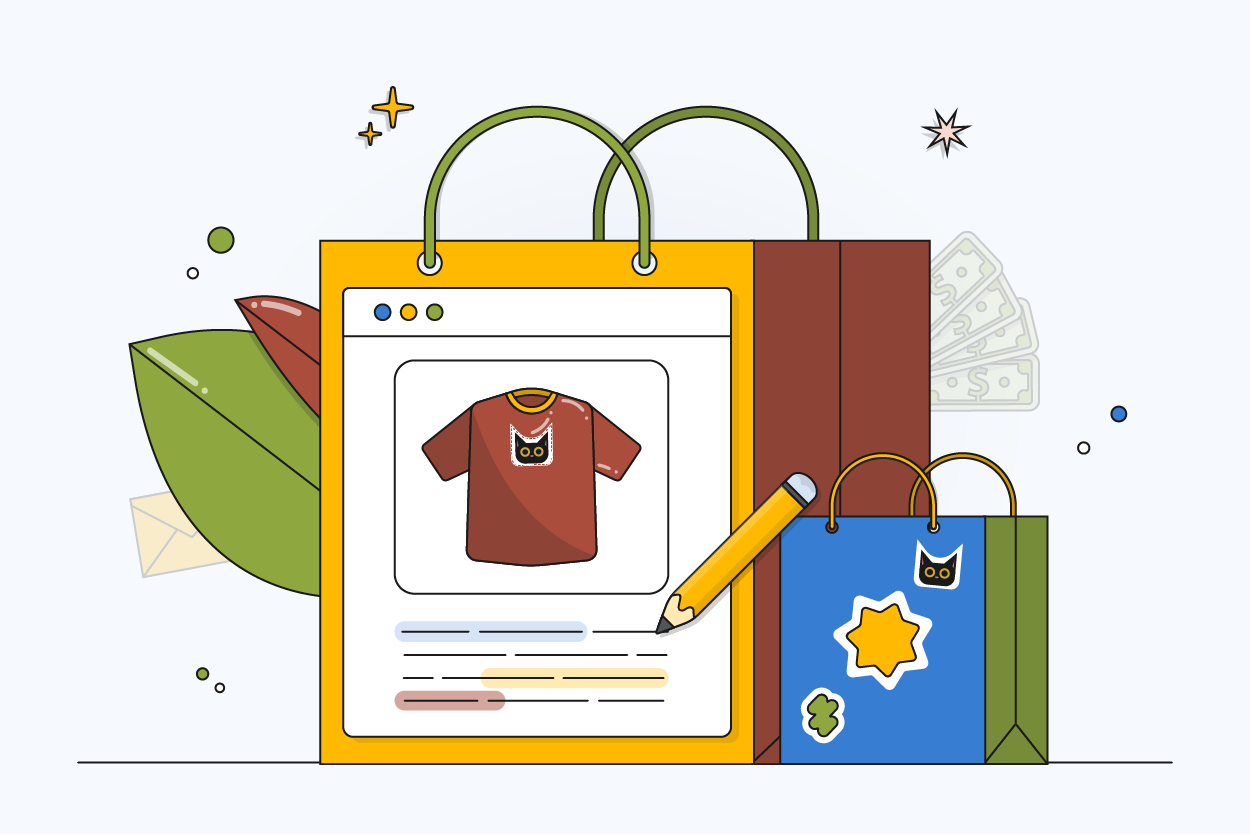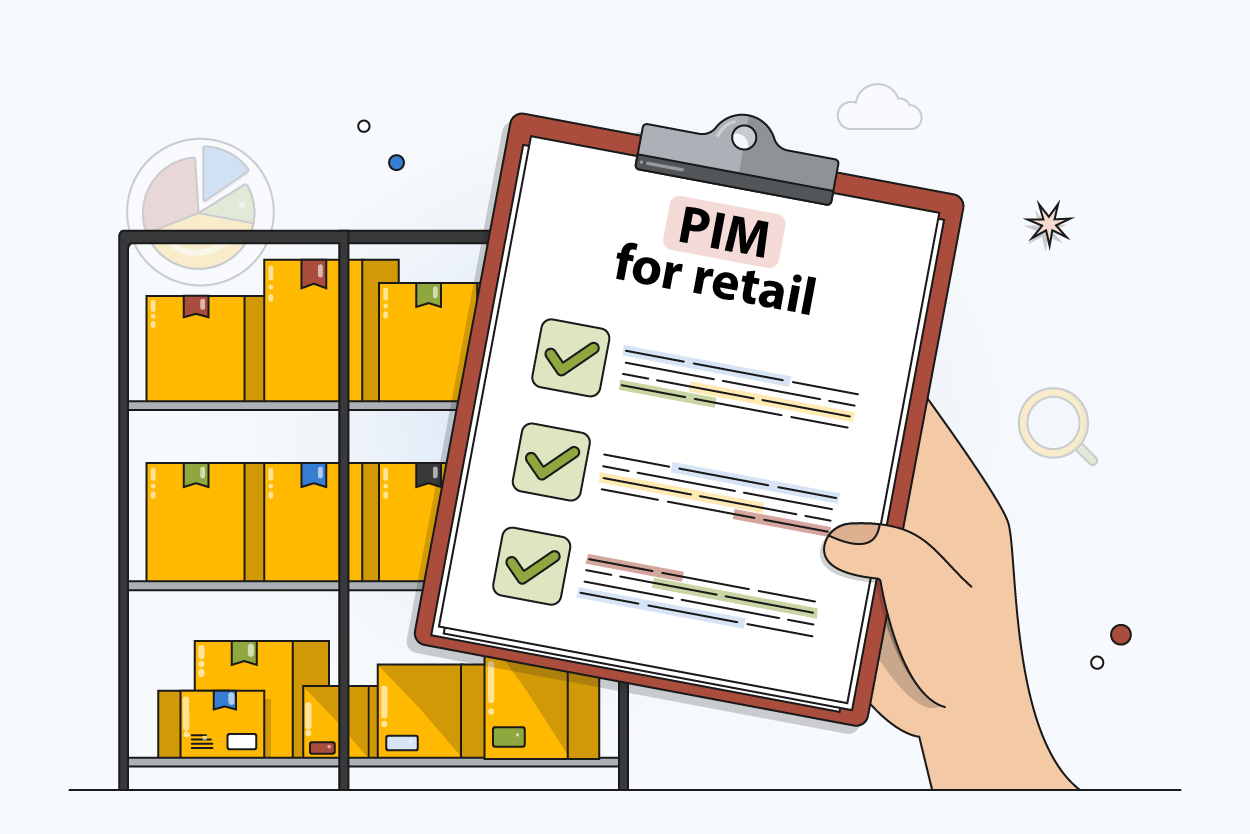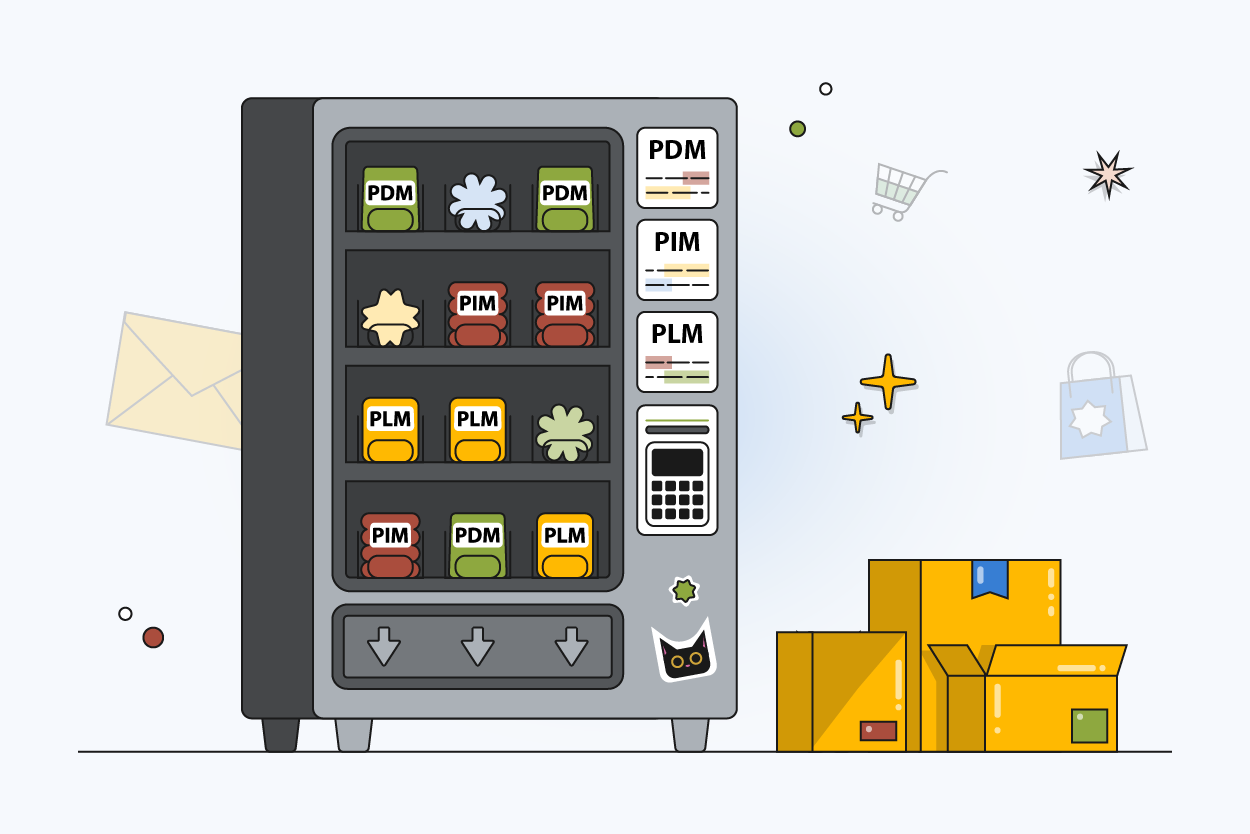What is Industrial Marketing? A Comprehensive Introduction
Author name: Maksym Bilokon
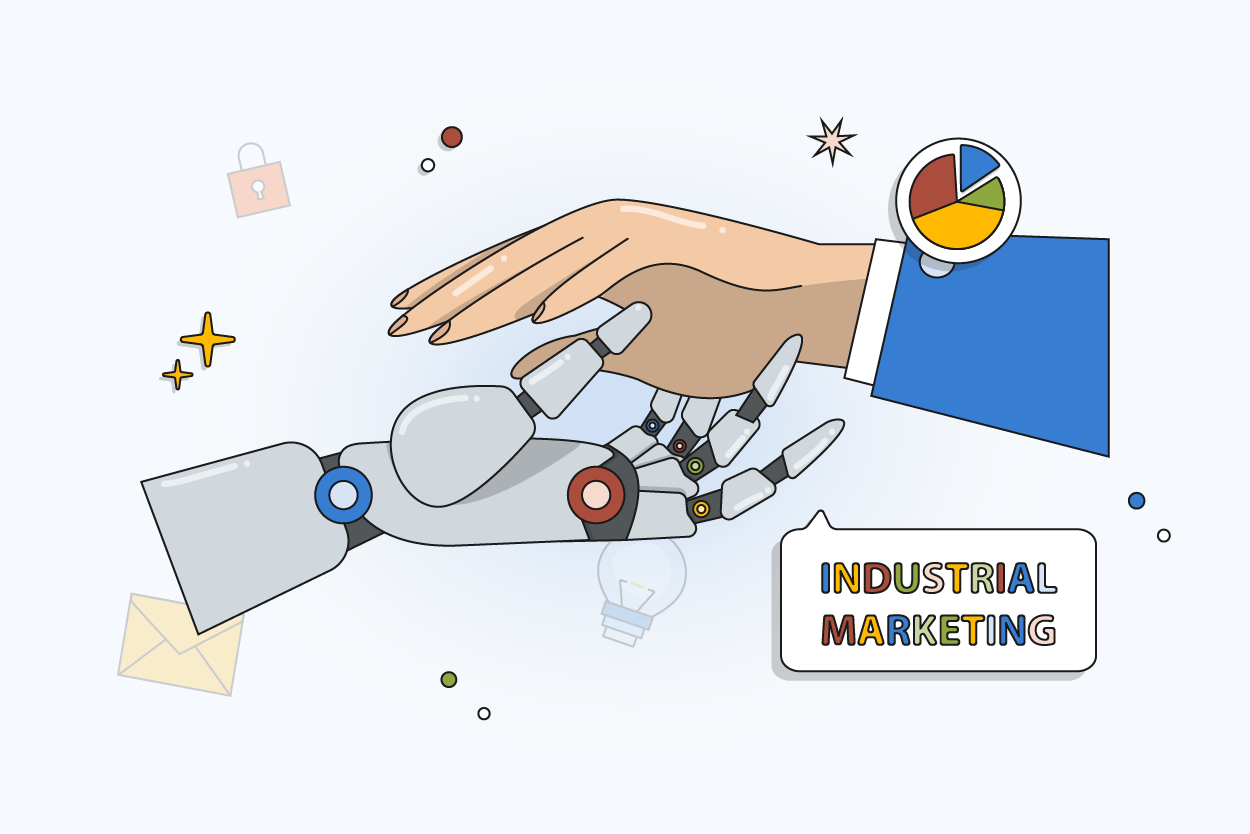
If we search for industrial marketing, Google will show us a definition similar to B2B (business-to-business) marketing. Still, the real definition is more specific. The idea of industrial marketing is to emphasize product quality and the efforts of manufacturers taken on the production stage. Manufacturing companies often rely on industrial marketing, especially when they deal with decision-makers who have a solid knowledge of industrial goods. Sometimes, they also use PIM for manufacturers to outperform competitors and optimize the working process.
What Is Meant by Industrial Marketing?
Industrial marketing works in a B2B format, where one business promotes goods and services to another. Today, companies mainly use online methods to implement industrial marketing tactics. The initial point of industrial marketing is a research of the target audience. The purpose of this research is to understand how to reach customers and fulfill their needs (for example, what types of content they like the most, what types of ads they engage with, etc.). Based on this information, you can develop a unique industrial marketing strategy for your business.
Why Is the Marketing Industry Important?
For manufacturing customers, full information about the product is essential. They also want to know your company better and check testimonials to learn about the client’s experience. Moreover, they don’t want to search for this information, as it should be optimized for their device (mobile or desktop), interactive, and contain visuals. Since you meet all the criteria, you’ll positively impact customer experience, and users will be glad to use your services again.
What Four Strategies Can Industrial Marketers Use to Develop Their Brands?
Simply the understanding of industrial marketing is not enough. You should have a clear strategy for using this approach for brand development. Since you want to make your brand recognizable and visible, it’s essential to use all the available channels to share information and approach customers. Below, we present four strategies that will help industrial marketers develop their brands.
| Statistic | Value | Source |
|---|---|---|
| B2B marketing budgets increase | 70% of B2B marketers report an increase in budget for 2024 | B2B Marketing Mix Report by HubSpot |
| Content marketing effectiveness | 91% of B2B marketers use content marketing to attract customers | Content Marketing Trends by Content Marketing Institute |
| Influence of social media on B2B purchases | 70% of B2B buyers use social media to research purchases | B2B Buyer Survey by Gartner |
| Email marketing ROI | Email marketing has an average ROI of $42 for every $1 spent | Email Marketing Report by Gartner |
| Video content usage in B2B marketing | 87% of marketers use video as a marketing tool | State of Video Marketing by Wyzowl |
Using Social Media for Connection
Industrial companies often think that connection via social media is not what they need for development and audience reach. It’s a stereotype that industrial marketing should involve other channels but not platforms like Instagram and Facebook. In fact, it’s a mistake, and social media platforms are exactly what you need.
With the available options on social media platforms, you can easily deliver the needed information to your customers, present new goods and services, announce new discounts, and advance your sales funnel.
The Blogging Strategy
Most B2B companies write at least one or two blog posts each week, which advances more than 70% of their prospects. When you understand the language of your audience, define key topics to highlight in your blog, and regularly analyze your articles for further improvement, your approach will yield positive changes. Remember to add CTA (call to action) and explain why your products are so valuable.
Once you decide to focus on blogging, you have to make sure your content matches SEO standards and can be easily found in popular search engines. Hire a search engine optimization specialist to boost your content strategy, and hire a content writer to fill your blog with high-quality blog posts. Pay attention to local SEO by including specific keywords. For example, if your store or factory is located on a specific street, you can add the street name to the brand’s name. Your business will associate with a specific location, and it will be easier for customers to find you.
Create a posting schedule and update your blog weekly (ideally, three posts per week). Later, you can increase your marketing budget and invest more in blogging to add posts daily.
The Strategy Based on Video Content
Even small companies add YouTube videos to their content strategy, and the results are immediately positive. In industrial marketing, video content is a great way to share your story and give clients a better understanding of what to expect.
The format of short videos (no longer than 2 minutes) allows you to draw people’s attention and keep them interested long enough. You can tell the story of your brand, share the story of your products, and tell why they are the best on the market. If you are not familiar with such a format, analyze competitors to understand how to compose such content. Maybe you will find some ideas to inspire you.
Email Strategy to “Nourish” Your Customers
Including emails in your marketing strategies is an advantageous move that will help you improve direct communication with customers. It’s not about everyday spam with surveys, coupons, or discounts. It’s about sharing valuable information about the company and its products. For example, if one of the most popular products received a major update, you should include it in your email.
Depending on what will be included in your emails (general updates, company news, digests, etc.), you should decide how often will you share letters with your customers. In most cases, it happens once or twice per week.
Master Multichannel Marketing for Industrial Products
Selling industrial products across multiple channels requires consistent, accurate data everywhere. Learn how successful B2B companies manage product information across websites, catalogs, distributors, and sales teams.
Which of These Strategies Is Typical of Business Buying Behavior?
It’s complicated to say which strategy is the most common of business buying behavior. All four strategies are crucial because they allow you to maximize your connection with the audience, improve brand representation, and increase your sales.
Online Product Catalog - Advantageous Move for Industrial Business
When products or services are organized in the catalog, it’s a solid boost for customer experience. Since you put all the products in one place, it’s much easier to find what’s needed. It’s not just an option, it’s a rapidly growing tendency. Since the majority of businesses are choosing a direct-to-consumer model, people are turning their websites into multi-level catalogs. When customers access the page, they can find all the needed information about the products.
| Aspect | Industrial Marketing | Consumer Marketing |
|---|---|---|
| Target Audience | Businesses and organizations | Individual consumers |
| Buying Motives | Logic and ROI-focused | Emotional and psychological factors |
| Decision-Making Process | Involves multiple stakeholders | Often individual decisions |
| Length of Sales Cycle | Generally longer and more complex | Usually shorter and more straightforward |
| Communication Style | Technical and detailed | Simple and persuasive |
| Marketing Channels | Trade shows, industry publications, and direct sales | Social media, television, and retail |
What Is the Difference Between Marketing and Industrial Marketing?
The major difference between classic marketing and industrial marketing is in the approach. Industrial marketing strategies are set to promote specialized products and services. Also, the difference can be spotted once we understand the differences between target markets.
In classic consumer marketing, we sell goods and services to end-users. For example, if we are selling socks to customers, these customers become the end-users of your goods. When we talk about industrial marketing, we consider it as a factor market where the sale of unfinished or half-finished products takes place. For example, a factory that sells details for heavy machines is a part of the industrial market because its products will be purchased for further usage. Also, industrial marketing is relationship-oriented, as companies are willing to build long-term cooperation.
Advertising in industrial marketing should be very specific and customized according to the specific case. Since you sell specific materials, instruments, or heavy machines, you must provide customized solutions for each need.
What Are the Benefits of Industrial Marketing?
The first benefit of industrial marketing that is worth mentioning is that it impacts the development of the whole company and boosts its variety in the business area. The second benefit is that with industrial marketing, you have competitive market advantages in a long-term perspective. It means your brand will serve your customers with goods and services that are levels above those provided by your competitors, which gives you an opportunity to outperform them. Last but not least, industrial marketing makes the company’s work more effective because everyone follows the same goal.
Due to these factors, industrial marketing is becoming a preferred option for companies promoting their products in the B2B market.
Five Major Classes of Industrial Marketing Products
Classification became essential for industrial marketing because it simplifies decision-making. Since people know what major classes they have, it’s easier to share duties and avoid the overuse of resources. In our article, we highlight 5 major classes of industrial marketing products:
- Natural Materials & Parts
- Supplies
- Manufactured materials and parts
- Business services
- Capital items
Let’s move on and uncover each of these classes.
Materials and Parts
All products that appear at the manufacturers are divided into two groups: materials and parts. At the same time, materials are divided into two sub-categories: farm products and natural products.
- Farm products can be easily reproduced or recycled. Still, most of these products have a specific nature and must be handled properly. Moreover, they are commonly used, and almost no marketing techniques can be applied to them.
- Natural products are those that exist in nature and can’t be recycled or reproduced. The more rare these products are, the more valuable they are, and their price may change depending on their rareness.
Manufactured materials and parts
Manufactured material is a raw substance that must be processed. In most cases, small manufacturers produce smaller parts, which are later used in vehicles, large machines, devices, and other inventions. For example, ball bearings are considered manufactured parts and are later used in vehicle development. At the same time, yarn is a manufactured material because it’s woven into clothes to create dresses, jackets, and other clothes.
The major problem of both manufactured parts and materials is their availability and price, not the advertising or marketing strategy. Since some components are hard to access, manufacturers set high prices or look for alternative solutions that will reduce the price of the final product.
Capital Items
Capital items are essential to building any large industrial business business and make it enter the industry. These items are also crucial for the classification of industrial products. Companies usually locate capital items in the “Assets” column. These parts make the whole organization work, and they are the ones you should invest in. Overall, we should outline two types of capital items:
- Installations are large buildings like warehouses and factories. They take a long time to install and are designed for a long-term perspective. The design is crucial for installations, and there is almost no marketing for them. At the same time, installations help reinforce the reputation of the company.
- The equipment category contains both machines and the utility they bring to the organization. If we talk about factories, we will consider trucks, cranes, caterpillars, and other vehicles as equipment. In the case when we have industrial services, we will consider computers, design and hardware devices, printers, and other similar devices will belong to the equipment section. Personal selling becomes more important than advertising or advanced marketing when selling the equipment.
Supplies
Supplies are defined as short-term goods or parts important for daily operations in the company or business. For example, if the company uses A4 paper shits to print documents, it’s considered as supplies due to regular usage. A similar case is with restaurants and bars that need veggies, meat seasoning drinks, and other products to cook dishes and serve clients.
Business Services
When we classify industrial marketing products, it’s essential to point out business services. These are third-party services provided to companies on a regular basis. Since business companies don’t want to spend time performing default operations, they ask third-party services to do it. Generally, we outline two types of services: business advisory services and maintenance and repair services.
- Business advisory services are provided by a chartered accountant. This person is responsible for consulting and providing valuable information that positively impacts your business. Since companies want to grow and achieve new milestones, the request for such services grows.
- The services of maintenance and repair refer to cleaning, repairing, replacing, changing, and performing other operations set to improve the overall performance. Some organizations hire professionals on a long-term basis, so they work with the company for a year or longer.
Managing Complex Product Data for Manufacturers
Industrial manufacturers deal with technical specifications, compliance data, parts lists, and supplier information. Discover how Product Information Management simplifies data handling for complex industrial products.
Recommendations for Implementing Industrial Marketing
Getting started with industrial marketing may be problematic for several reasons. You have to deal with complex products and services, your marketing strategy has to be aimed at a specific audience and it is basically a transition from traditional selling to Internet marketing. To simplify industrial marketing implementation, we provide you with key recommendations.
Perform an In-Depth Market Research
One of the most important points in industrial marketing is understanding your target customer and identifying niche segments. You should clearly understand who can buy your product because when you draw a portrait of your consumer, you can fulfill their needs, improve your marketing campaign, and reach your target audience. Marketers often use a technique named web scraping when they gather valuable insights from various platforms.
For better market research, consider analyzing your competitors and finding out who their consumers are. Compare your companies to understand what you can offer to make their target customers choose your products instead of theirs.
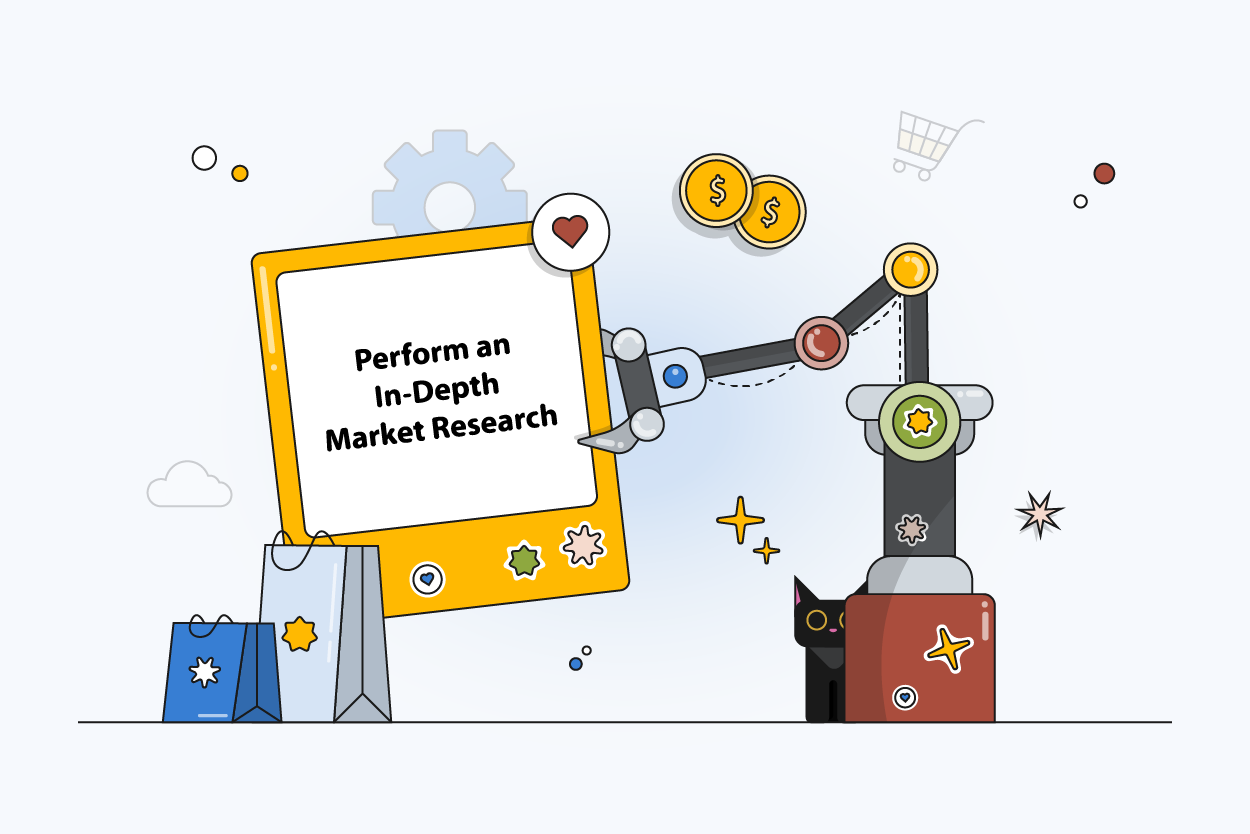
Make a Product Analysis to Offer Value Propositions
To succeed in industrial buying, you need to make a special offer and present something that will be far beyond the average level. To form a high-value proposition, answer the following questions:
- What makes your product unique compared to your competitors?
- Why should consumers choose your product instead of others?
- How exactly does your offer help resolve customers’ problems?
- Why is your product a perfect decision for potential buyers?
When you get these questions answered, you will understand what is the real value proposition of your offer. After that, you may present the value of your products to your customers. When you show what exactly makes an offer special for you, it’s much easier actually to sell your product.
Define Online and Offline Marketing Channels
Although online channels dominate B2B marketing, offline channels must also be considered. When talking about offline marketing channels, billboards, business cards, and direct mail are crucial. People think that offline options are unimportant, but it’s a wrong statement. If you want to maximize the impact of your business, reach your target audience, and surpass your competitors, you should look at both options.
Create Content for All Stages of the Buyers’ Journey
People who come to check your products already know about the topic, so they just look for the best goods or services on the market. Since you want them to choose your offer, you have to draw their attention and make the journey interesting and informative. Point out the main factors that will help clients resolve their problems, boost their performance (for example, in engineering or machine building), and why your product is more advantageous compared to others.
The Role of PIM in Industrial Marketing Success
Industrial marketing requires managing complex product data across multiple channels and stakeholders. From technical specifications and compliance documents to pricing information and product catalogs, the volume of data can quickly become overwhelming. This is where Product Information Management becomes essential.
A PIM system acts as your central hub for all product-related content. When your sales team needs detailed specifications for a proposal, your marketing team requires accurate data for a catalog, or your ecommerce platform needs updated inventory information, everyone pulls from the same reliable source. This eliminates inconsistencies, reduces errors, and speeds up your go-to-market process.
For industrial manufacturers and B2B companies, PIM also simplifies compliance management, multi-language localization, and channel-specific content distribution. Whether you're updating product documentation, launching new products, or expanding into international markets, a centralized product data system keeps your industrial marketing efforts coordinated and effective.
Moving Forward with Industrial Marketing
Industrial marketing continues to evolve as B2B buyers become more digitally savvy and expect the same level of convenience they experience as consumers. Success requires combining traditional relationship-building with modern digital strategies - from content marketing and social media to data-driven personalization and automated workflows.
The companies that thrive are those that invest in both their marketing strategy and the infrastructure that supports it. By implementing the four key strategies we've discussed, maintaining accurate product information, and leveraging technology to streamline operations, industrial businesses can build stronger customer relationships and achieve sustainable growth in competitive markets.
Simplify Your Industrial Product Data Management
Discover how PIMinto helps industrial manufacturers centralize product information, accelerate time-to-market, and support complex B2B marketing strategies.
Modified on: 2024-06-19
